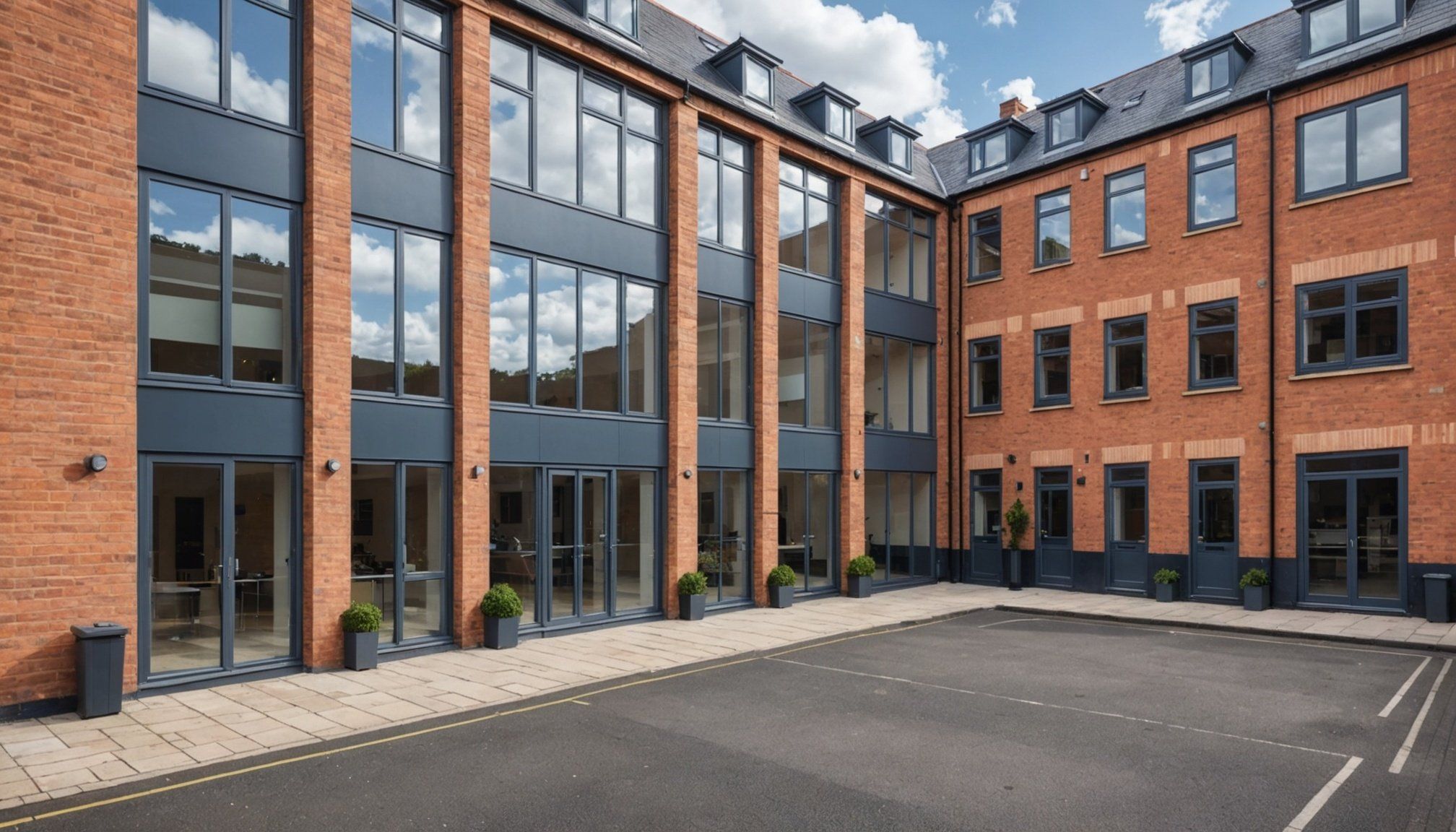Financial Advantages of Converting Commercial Properties
Understanding the financial benefits of converting commercial properties into live-work units can present compelling investment opportunities. One significant advantage is the potential for increased rental yields. Unlike traditional commercial properties, live-work spaces can command higher rental income due to their dual functionality, attracting both residential and business tenants.
Furthermore, a detailed cost analysis reveals that while initial conversion expenses might seem higher, the long-term gains often outweigh these costs. Renovation and redesign can increase a property’s market value, offering substantial returns on investment. As property values appreciate, owners can benefit from enhanced equity.
A lire en complément : Top UK Buy-to-Let Hotspots for Investment in 2023: Discover the Best Locations and Their Unique Advantages
In comparison to conventional commercial buildings, live-work units often experience more consistent demand. This demand stems from the growing trend of remote work and entrepreneurial ventures seeking versatile spaces. Consequently, this nurtures property value growth, making live-work units a lucrative option for investors looking to diversify their portfolios.
These financial benefits make live-work units an attractive investment opportunity, promising both short-term profitability and sustained financial growth. By capitalising on these advantages, property owners can secure profitable and sustainable futures for their investments.
En parallèle : Top Cultural Hotspots in the UK for Property Investment: Discover the Best Locations and Their Appeal
Case Studies of Successful Conversions
Exploring real-life examples of transformation success offers invaluable insights into what contributes to successful adaptations. By examining several case studies, we can better understand the processes and strategies involved.
Detailed Analysis of Notable Conversions
In major urban centres, conversions from traditional spaces to flexible live-work units have flourished. For example, a historical building in London transformed into a vibrant co-living space. This project utilised cutting-edge sustainable materials, enhancing both energy efficiency and tenant satisfaction. Another transformation in New York repurposed an industrial warehouse into a mixed-use development with seamless integration of workspaces and residential areas.
Lessons Learned from Successful Projects
These ventures underline the importance of community engagement and environmental sustainability. Successful projects often incorporate adaptable interior designs and embrace eco-friendly innovations. A consistent theme is the early integration of stakeholders, ensuring the spaces meet diverse user needs.
Financial Metrics from Case Studies
Financial returns from these case studies are promising, with notable projects reporting a 20-35% increase in property value post-conversion. The average return on investment (ROI) often realises a payback period within five years. Strong profitability derives from enhanced rental yield and lowered operational costs through sustainable practices.
Understanding Zoning Laws and Regulations
Zoning laws serve as a framework governing how properties within specific areas can be used, particularly impacting live-work unit conversions. Understanding these regulations is essential for anyone looking to convert existing spaces into a multifunctional environment.
Key Regulations
Several vital regulations govern live-work unit conversions, such as acceptable land use, building codes, and occupancy permits. It is crucial to discern the district zoning classification and any exceptions or conditional use permits that may be required. Regulations could dictate anything from the minimum square footage to the types of businesses permissible within residential areas.
Navigating Compliance
Navigating compliance involves understanding specific local requirements and possibly consulting with zoning professionals or legal experts. Knowing how to file for permits and understanding the inspection process can alleviate potential legal issues. Consider these strategies:
- Identify the zoning laws and required permits.
- Consult with experts for insights into overcoming hurdles.
- Stay informed about local ordinances and changes.
By following these guidelines, achieving compliance and minimising risks during the conversion process can be more manageable. Remember, exceeding precision in these steps aids in ensuring a seamless transition.
Guidelines for Conversion of Commercial Properties
When embarking on the conversion of commercial properties, it is crucial to adhere to well-established guidelines and best practices. This ensures a seamless transformation while optimizing the functionality and aesthetic appeal of the converted space.
Step-by-Step Conversion Process
To achieve a successful conversion, follow these steps:
- Assess the structural integrity of the building to determine feasibility.
- Develop a comprehensive plan following local conversion guidelines.
- Secure necessary permits and approvals to avoid legal issues.
Planning and Design Considerations
Design considerations play a pivotal role in creating efficient live-work spaces. Implement design strategies that maximize natural light and flexibility of use. Prioritize soundproofing and privacy elements to ensure a conducive work environment. Integrate smart technology for enhanced living and working experiences.
Financing Options for Developers
Developers can access several financing options to support their projects. Traditional bank loans offer stability, while private investors may provide more flexible terms. Government grants and incentives can also alleviate financial burdens. Consider partnering with real estate investment firms that specialize in conversions, leveraging their expertise and resources.
Market Trends and Future Outlook
The concept of live-work units is increasingly gaining traction in the UK property market, influenced by several notable trends. With the rise of remote working and changes in business operations, the demand for homes that cater to both living and professional needs is growing. This indicates a shift in market trends, representing a move towards multifunctional spaces that accommodate a hybrid lifestyle.
Future Demand and Real Estate Insights
The future demand for these unique properties is on an upward trajectory. Experts predict a steady increase in interest as more individuals and companies adopt flexible working approaches. The real estate market is responding by designing and marketing properties that integrate workspaces into residential settings. This trend is expected to continue evolving, reshaping urban and suburban areas.
Industry professionals highlight that adaptability and innovation are crucial in this shifting landscape. Real estate insights suggest that investing in adaptable spaces will cater to future demands, enabling property developers to meet changing consumer needs effectively. The evolving landscape underscores the importance of staying abreast with market trends to capitalise on opportunities in the realm of live-work units.











